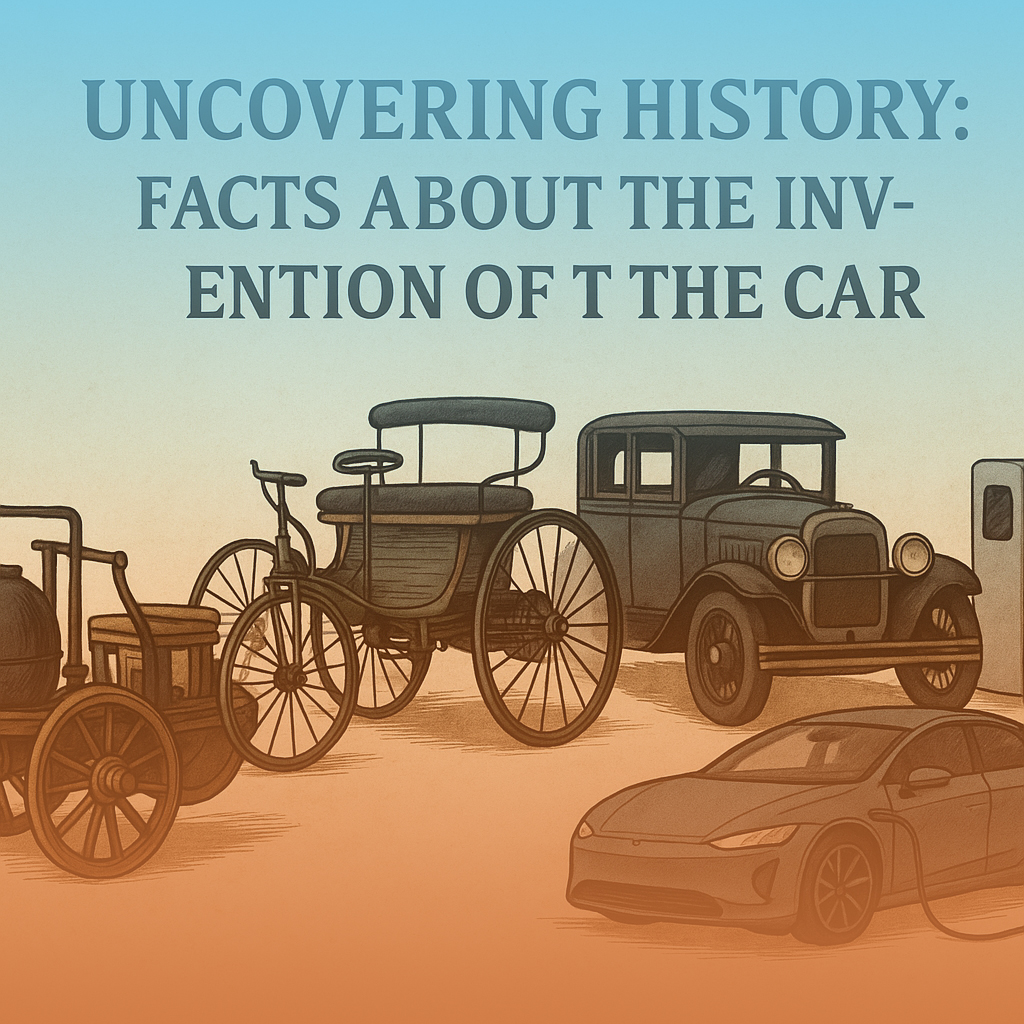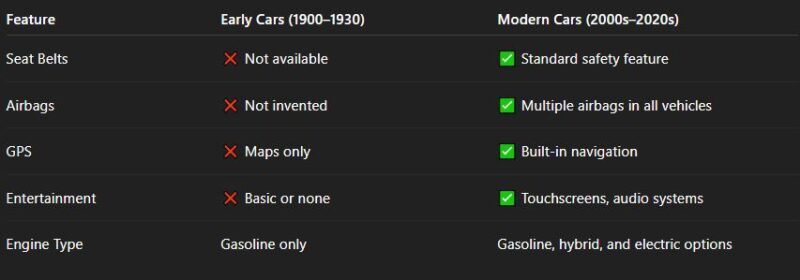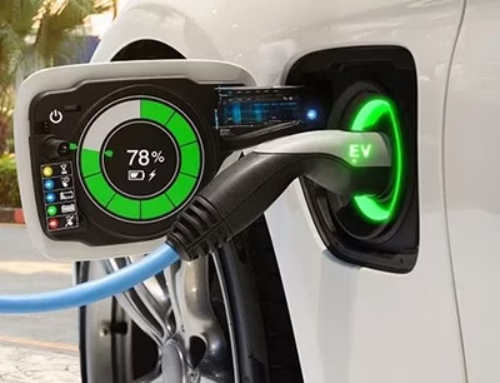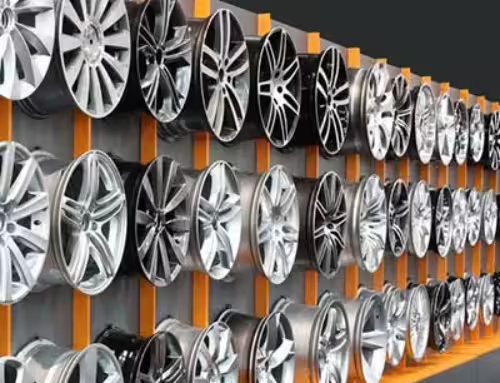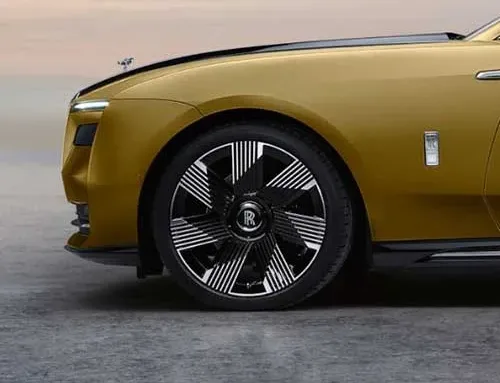Uncovering History: Facts About the Invention of the Car
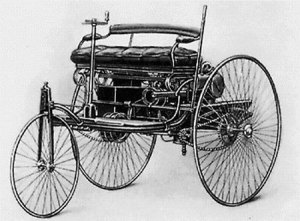
In this article, we’ll uncover:
-
The true origins of the car
-
Key inventors and breakthroughs
-
The evolution of design and functionality
-
The shift from luxury to necessity
-
Environmental impacts and the electric future
The First Vehicle: Cugnot’s Steam Car (1769)
Although Karl Benz is often credited as the father of the automobile, the first self-propelled vehicle was created much earlier, in 1769 by Nicolas-Joseph Cugnot, a French military engineer.
This vehicle was primarily intended to transport artillery and marked the beginning of automotive experimentation.
The Internal Combustion Leap: Gottlieb Daimler (1886)
In 1886, Gottlieb Daimler, a German engineer, developed one of the first four-wheeled vehicles powered by an internal combustion engine. Unlike earlier attempts, Daimler’s car was elegant, lightweight, and practical for personal transport.
The Motorwagen: Karl Benz’s Breakthrough (1885–1886)
Karl Benz didn’t invent the very first car—but he revolutionized car design and usability. In 1885, he introduced the Motorwagen, a three-wheeled gasoline-powered vehicle. In 1886, he officially patented it.
The real spotlight came in 1888, when his wife Bertha Benz undertook the world’s first long-distance trip in a car (over 60 miles), proving its reliability and sparking interest in motorized vehicles.
Thanks to these achievements, Karl Benz is widely recognized as the father of modern automotive engineering.
From Luxury to Necessity: Why Cars Replaced Carriages
At the time, most transportation relied on horse-drawn carriages. While efficient for short distances, they presented many problems:
-
Limited animal endurance
-
Hygiene issues in cities
-
Inability to scale with industrial demand
Cars slowly transitioned from novelties for the wealthy to essential tools for business, travel, and daily life. Mass production made them more affordable—and that leads us to the next major innovation.
Henry Ford & Mass Production (Early 1900s)
Henry Ford revolutionized the history of cars not by inventing a vehicle, but by inventing how to build them.
In 1913, Ford introduced the moving assembly line, cutting car production time dramatically. His Model T became the first affordable car for the average American family.
Ford’s innovations made cars a part of everyday life, creating a cultural and economic shift that still defines modern society.
Early Cars vs. Modern Cars: A Quick Comparison
The Environmental Challenge
Despite their benefits, cars have contributed significantly to pollution, primarily due to:
-
Fossil fuel usage
-
Greenhouse gas emissions
-
Urban congestion
Fortunately, the history of cars is entering a new chapter with electric vehicles (EVs). Brands like Tesla, Nissan, and BMW are pioneering clean alternatives. Electric cars aim to reduce environmental impact, lower running costs, and introduce autonomous features.
Electric Cars: The Future Is Now
Frequently Asked Questions (FAQs)
✅ Who really invented the first car?
➡️ Nicolas-Joseph Cugnot created the first self-propelled steam vehicle in 1769. However, Karl Benz is credited with the first gasoline-powered car in 1885–86.
✅ What year was the first car made?
➡️ The first steam car appeared in 1769, while the first internal combustion car by Benz was patented in 1886.
✅ Why is Karl Benz considered the father of the automobile?
➡️ Because his Motorwagen was the first practical, patented, gasoline-powered car that could be mass-produced and reliably used.
✅ What was the first mass-produced car?
➡️ The Ford Model T, launched in 1908, was the first car built using an assembly line and made affordable to the masses.
✅ When did electric cars first appear?
➡️ Surprisingly, electric cars existed as early as the late 1800s, but they lost popularity due to limited battery technology. They’ve made a major comeback in the 21st century.
✅ What are the biggest problems with early cars?
- Lack of safety features
- Poor road infrastructure
- High cost
- Limited durability and speed
✅ How is modern car technology improving sustainability?
- Transition to electric vehicles (EVs)
- Use of recyclable materials
- Advanced fuel efficiency
- Integration of AI and autonomous systems
The Road Ahead
The history of cars is far more than a series of mechanical breakthroughs—it’s a story of human ambition, innovation, and adaptation. From Cugnot’s clunky steam-powered cart to sleek electric vehicles of today, cars have transformed the way we live, work, and move.
As we look toward a future of sustainable transportation, electric cars and smart driving systems will play a central role. But it’s important to remember the inventors, pioneers, and everyday users who shaped this journey over more than two centuries.

